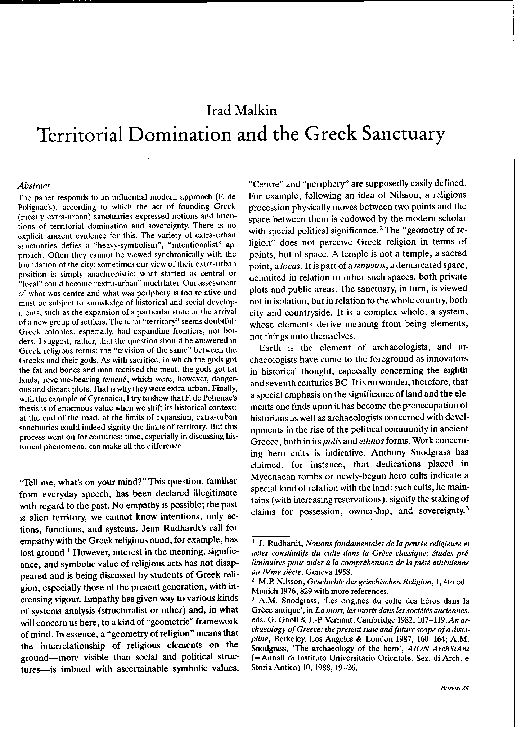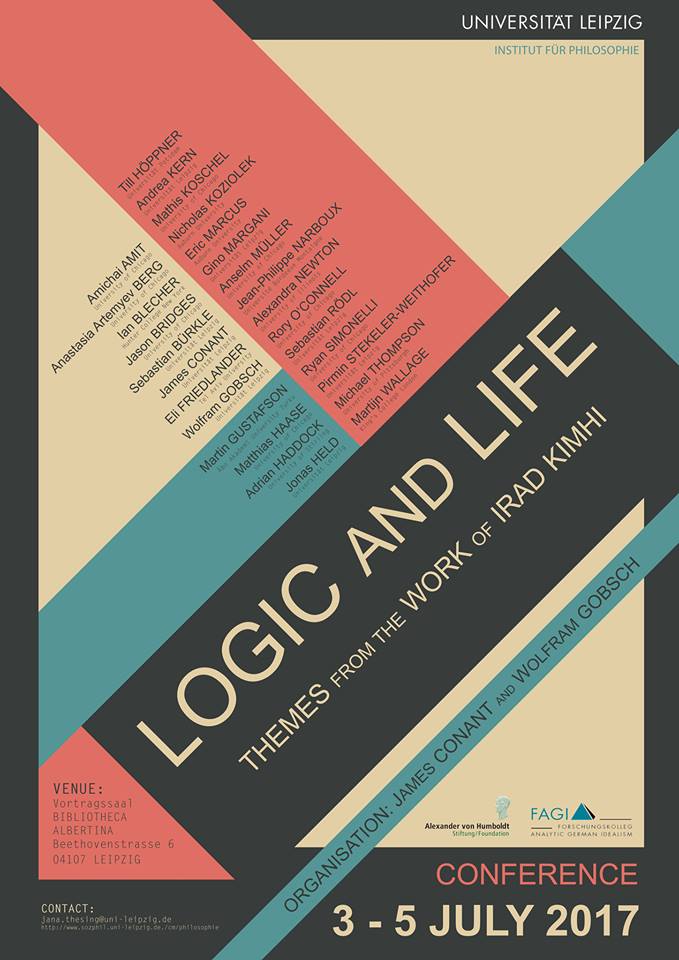
Kant theorizes the subject–predicate relation in ostensive judgment as an algebraic time–state function. Kant’s theory of physically constructive grammar is thus equivalent to the analytic-geometric formalism at work in the practice of mathematical physics, which schematizes time and state as lines related by an algebraic formula.Both positions thus refer, like algebraic variables, to lines of continuous magnitude, and their relation through the copula is one that determines state-value from time-position, thereby placing all sensations in the objective time order of intersubjective agreement. The subject-position constructs substance, identified as the objective time-continuum, while the predicate-position constructs quality, identified as the continuum of state-values constituting the second- order type named by the predicate concept. I will show that Kant conceives of sensible synthesis as an act of line-drawing, and of the functions of unity as rules for determining how I am to “attend” to this act.


Knowing is active-it constructs the unity of nature by combining appearances in certain mandatory ways. In the Critique of Pure Reason, Kant defends the reality of the mathematically determined world described by classical physics by arguing that such a world is a necessary consequence of the way in which sensations are brought to understanding.


 0 kommentar(er)
0 kommentar(er)
